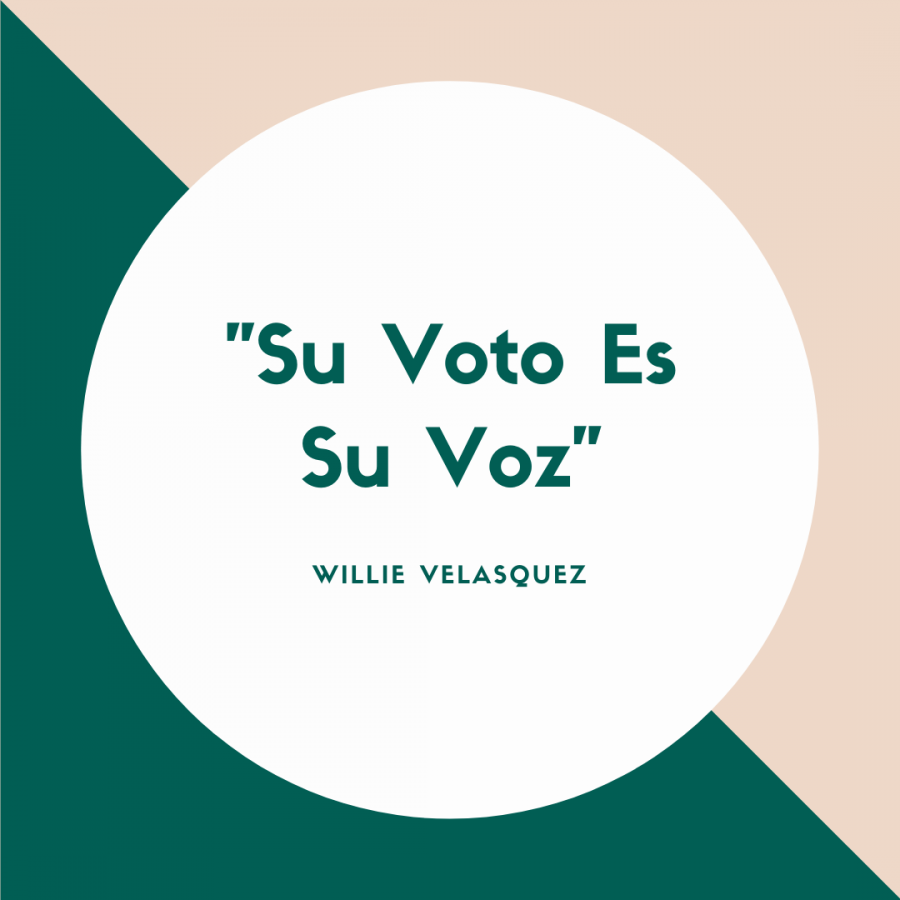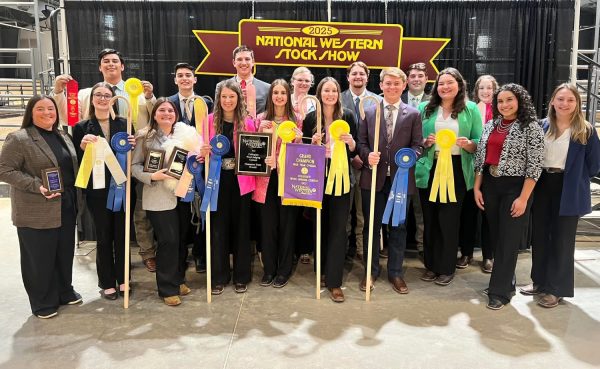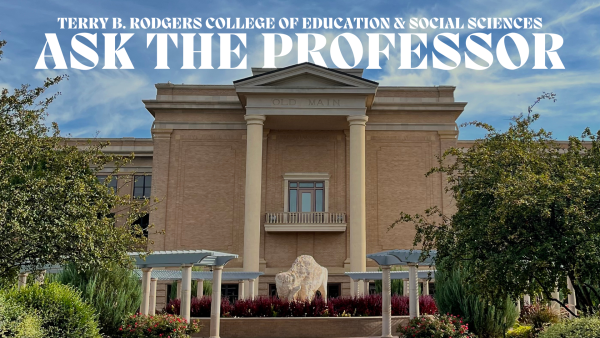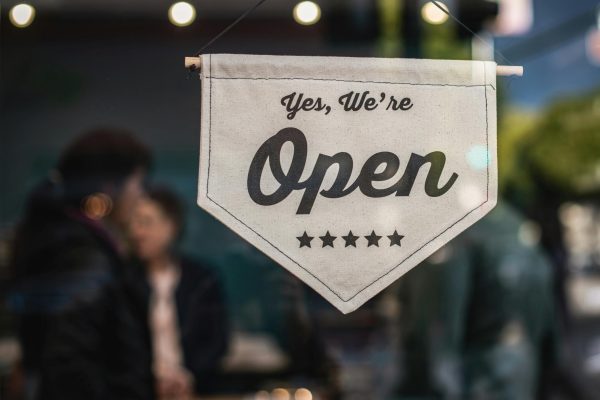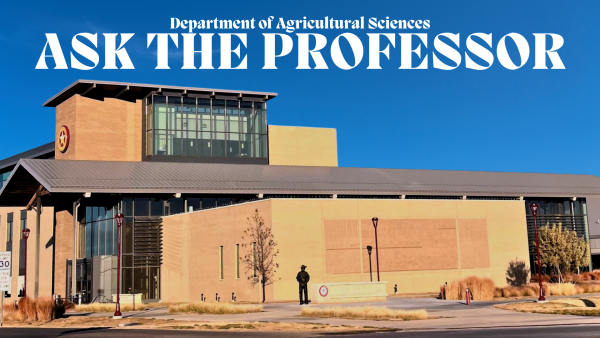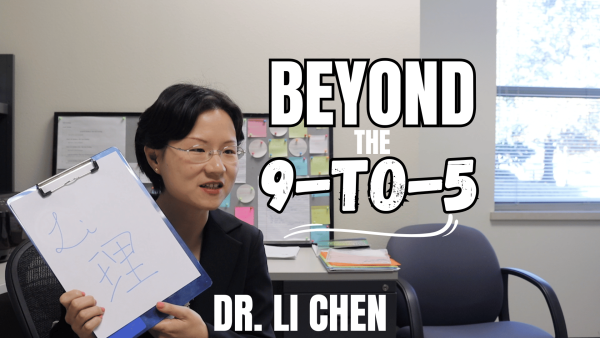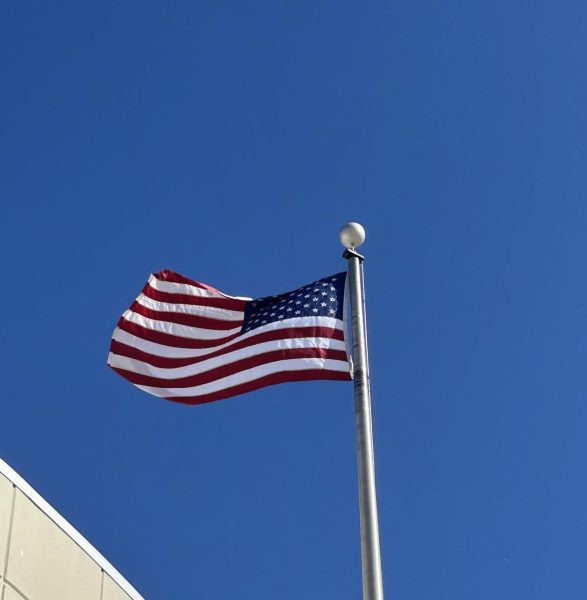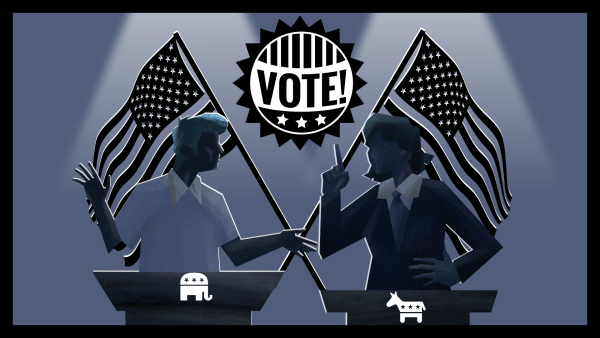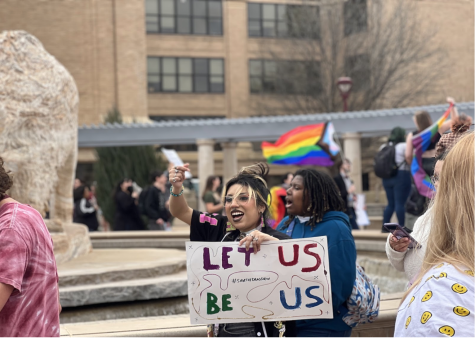The significance of the Latino vote
Willie Velasquez is known to be one of the biggest advocates for Latino voters.
With the 2020 elections around the corner, the encouragement for voters of all ages, creeds, races and backgrounds has become prominent. Along with the multitude of issues to consider before hitting the polls, the Latino community must also take into consideration the importance of their vote.
According to the Pew Research Center, it is projected that “the 2020 election will mark the first time that Hispanics will be the largest racial or ethnic minority group in the electorate, accounting for just over 13% of eligible voters.”
One could go back as far as 1960 with the presidential campaign of John F. Kennedy to see how the Latino community was encouraged to vote.
As The World mentioned, “It was the first time a candidate for the nation’s highest office tried to court Latinos, who numbered about 6 million at the time, roughly 3.5% of the US population.”
There were little to no voices speaking up for the Latino vote during that time. In the 1960s, there was a large sense of struggle with the implementation of literacy tests, poll taxes, and language requirements. However, in 1965, the Voting Rights Act was passed.
Over time, the Latino vote became more prioritized as and many political figures arose advocating and encouraging Latinos to vote. Perhaps one of the most well-known figures was Willie Velasquez.
Velasquez was a social activist and known as a prominent voting organizer, creating the Southwest Voter Registration Education Project. Velasquez’s group is known for popularizing the slogan “Su Voto Es Su Voz” (Your Vote is your Voice).
The World also mentioned, “The challenge for candidates will be getting Latinos to come out and vote on Election Day. For decades, the Latino vote has been referred to as a “sleeping giant.” But at times it seemed the giant never fully woke up: Despite huge increases in the Latino population, voter turnout among Latinos has historically lagged behind other racial and ethnic groups.”
In 2019, the U.S. Census reported that 18.9% of the United States population was Hispanic or Latino. In Texas, Hispanic and Latinos make up 39.7% of the population.
According to carnegie.org, “During the 1960s, the movement to lower the voting age gained steam with the rise of student activism and the war in Vietnam, which was fought largely by young, 18-and-over draftees. The 26th amendment prohibited states and the federal government from using age as a reason to deny the vote to anyone 18 years of age and over.”
With that, many young Latinos are being encouraged and motivating others to vote. For many young Latinos, the 2020 presidential election will be their first time they are voting. For others, it could be the first time anyone in their family has ever voted.
For more resources concerning voting visit these articles previously published by The Prairie News. https://theprairienews.com/24584/news/how-wtamu-students-can-register-to-vote/
https://theprairienews.com/24678/features/how-to-apply-to-vote-by-mail/



